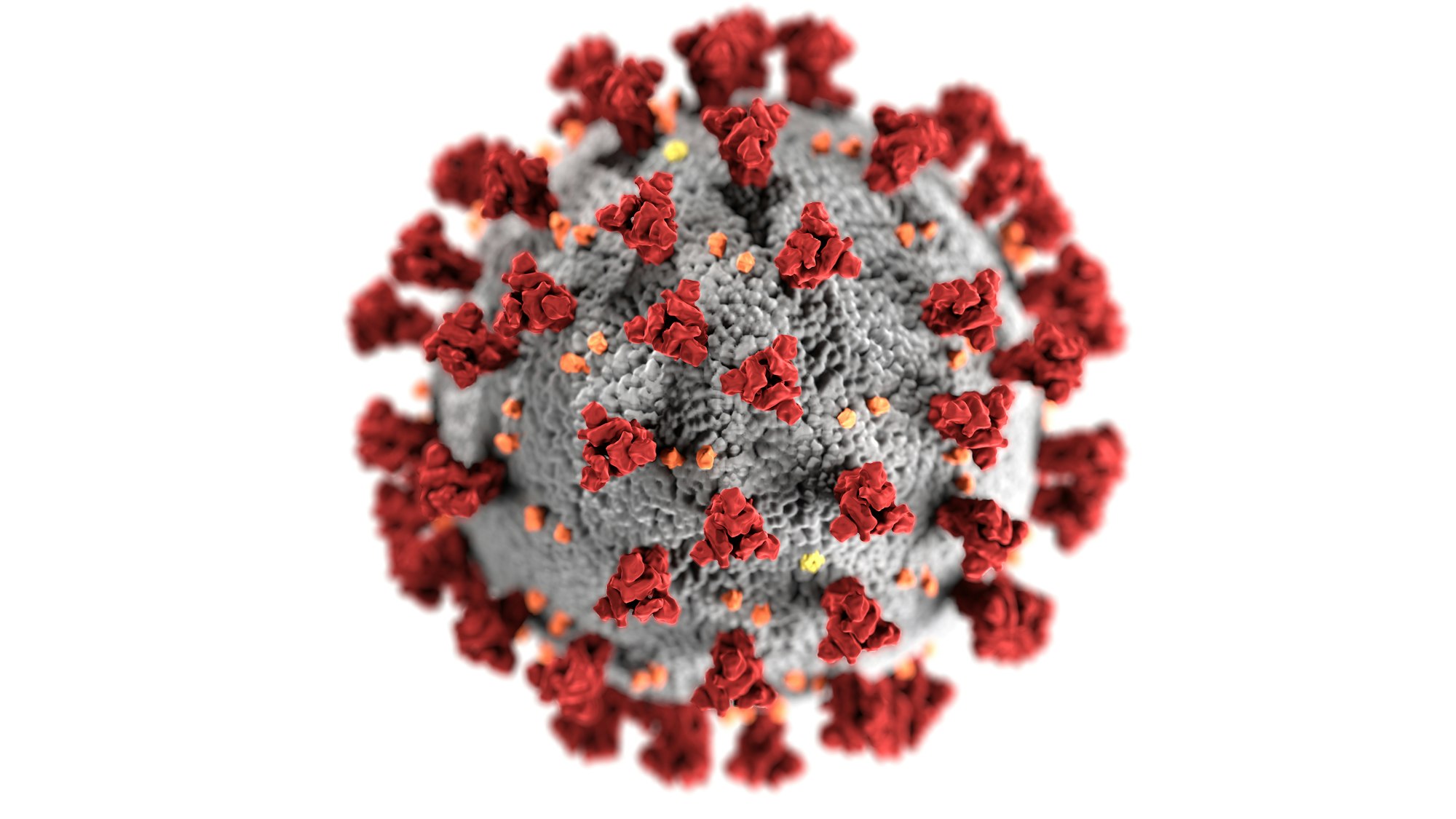Can't We Do Marketing Better?
When I was Pitney Bowes' CEO and also the Co-Chair of the Mailing Industry


As a leader in promoting cultures of health in workplaces and communities, I believe that the Coronavirus story unfolding in the media and among politicians, clinicians, public health authorities, and research scientists is incomplete, misleading, and misguided. Many hundreds of thousands, if not millions, of people will contract the Coronavirus.
With a relatively few exceptions, those with weakened immune systems for any of the following reasons are at far greater risk of serious illness or death from the Coronavirus:
Our bodies confront bacterial and viral disease vectors and threats continually, but most of us fight off these threats better than others, depending on the virus and the strength of our immune system. Healthier people living in communities with good air quality generally do not progress to the most serious versions of viruses like this one. I do not mean to suggest that we do not take ourselves out of circulation and carry on as usual, but that we should assume that the progression to the most serious level of illness is not random. People who are not in good physical condition are at far greater risk.
Although this article discusses the greater risk of infections in elderly people, the same logic applies to younger people who have chronic disease conditions.
“As people get older, it is more frequent that they have comorbid conditions, such as diabetes, renal insufficiency and arthritis. Many comorbid conditions, both the number and type of comorbid conditions, predispose people to infections. Often, when people age, there is immune-senescence, which means that the immune system doesn’t function as well or as vigorously.”
This article makes the point about the broader populations with two or more chronic diseases. Although it refers specifically to the influenza virus, the point it makes is far broader:
“Flu can exacerbate these conditions and may increase the risk of persistent catastrophic disability.5 Flu can have direct effects, such as exacerbation of asthma or chronic obstructive pulmonary disease (COPD), and indirect effects that may trigger certain events or exacerbate conditions such as heart disease or diabetes (Figure 2)”
What this means is that, in most cases, the Coronavirus, in combination with a weakened immune system from either a chronic disease, cancer therapy, or the presence of lung damage from air pollutants, actually kills people or makes the virus a life-threatening condition.
When we hear that there have been over 3,000 deaths as a result of the Coronavirus, including two here in the United States, what this actually means is that a large portion of the 3,000 people had combinations of medical conditions (called “comorbidities”) that accelerated their deaths.
Everything we are told about prevention and containment of this virus in terms of social distancing, quarantining of those who have tested positive for the virus, early diagnosis and treatment, and other tactics and strategies is on target. However, there are a few points of confusion:
Obviously, there is much we do not know about this virus and how it will progress through our populations. Viruses mutate and their level of danger to us can change over time.
Some viruses lose their power and damage-producing ability in warmer weather, just as seasonal influenza viruses do. On the other hand, the 1918 Spanish flu, the deadliest pandemic in history spread around the world, attacked young, healthy people, and lasted over a two-year period. It is an anomaly among influenza viruses in that regard.
There can be a silver lining in this cloud if we take the opportunity to learn about our public health, clinical care, supply chain, and global business and government interactions and how they contributed to this crisis.
Eliminating the “wet markets” through which this virus transferred from animals to humans is a far more complex and difficult challenge than it first appears. Those who sell and slaughter animals in these “wet markets” make huge profits from doing so. Those who buy and eat the slaughtered meats as delicacies are willing to pay significant premiums to get completely fresh meat delicacies. Changing the culture of people who buy and sell meat in these “wet markets” will take time and require a considerable amount of wisdom and subtlety. Merely outlawing them will not work.
However, the most important message from this essay is that the best preventive strategy for keeping our population free from the worst effects of this and other infectious contagious diseases is to attack and reduce the incidence of the many chronic diseases that compromise the long-term health and productivity of our country. We have been too willing to tolerate an environment in which living healthy lives is made more difficult by an environment that is too hostile to healthy foods and beverages, to adequate daily exercise, to adequate sleep and to a clean addiction-free lifestyle.
Finally, we need to re-emphasize the importance of basic hygiene in our public and private spaces.
Viruses like this will keep coming, despite our best efforts, but we can make them much less serious in their consequences if we can create cultures of health in our workplaces, homes, and communities.